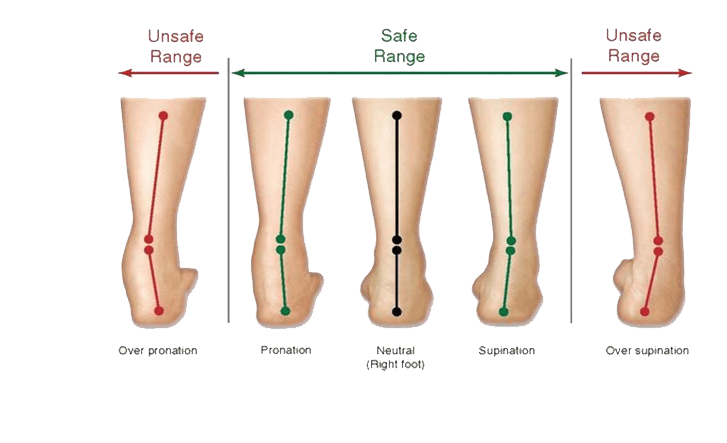Shin splints” is also known as Medial TibialStress Syndrome. This condition involves the lower leg muscles pulling excessively on a layer of the shinbone called the periosteum resulting in inflammationand pain.This can occur on the inside of the shin (medial/posterior shin splints) or on the front outer part of the shin (anterior shin splints).
Shin Splints

What are Shin Splints?

What Causes It?
Shin splints are caused by various ways, the most common being overuse. It is often seen when athletes increase their training schedules rapidly or make a sudden change in their routines, like running on hills instead of flat surfaces. It can also manifest when you do too much too soon. Gradually introducing new activities and allowing your body to adapt is essential for beginners and professionals alike.
Additionally, proper footwear is paramount. Some people roll their feet inward (overpronation) and some people roll their feet outward (oversupination). Both of these biomechanical issues can put too much stress on the lower leg causing inflammation of the soft tissue. These issues can often be relievedusing corrective inserts (orthotics). Flat feet and high arches can also contribute, as can wearing improper or worn-out footwear. Always make sure you have the proper footwear for your foot type and sport.
Symptoms
- Pain Along The Shin Bone That Can Vary From Dull To Sharp
- Tenderness Along The Shin Bone To Touch
- Pain Along The Shin Bone That Decreases After You Warm Up And Stretch
- Pain Along The Shin Bone That Is Worse When You Wake Up In The Morning But Eases As You Begin Your Day
Diagnosis
When you see your Physiotherapist or GP they will ask about the onset and symptoms of the injury,complete a physical examination of your legs and gait pattern. Your GP might order a bone scan or other tests to rule out other conditions depending on your specific symptoms. If left completely untreated shin splints can progress intotibial stress fracturesor compartment syndrome. If you think you might have shin splints call your GP or physiotherapist.
Treatment
The treatment for shin splints mostly hinges on time and rest, but that does not mean you have to stay idle. If you have shin splints or think you might, contact your physiotherapist to work out a routine that will be best for you.
The goal for the initial healing phase is toreduce inflammation and identify the aggravating factors. Ice may be applied to the area for 15-20 minutes every 3-4 hours. Elevation can also help decrease inflammation, as can an anti-inflammatory medication if tolerated. Avoiding any aggravating factors such as running, jumping or high intensity sports is crucial in this stage, and your physiotherapist will teach you proper taping techniques to support the injury if you need to be on your feet. You might supplement your exercise with low-impact activities such as cycling or swimming as recommended by your physiotherapist.
As you begin to heal your physiotherapist will teach you exercises you can perform at home to stretch and strengthen your lower leg muscles. Your Physiotherapist will gradually reintroduce your athletics training into your routine.A proper exercise program that is followed well will ensure full recovery and prevent re-injury.
What can I do to speed up my recovery?
Your physiotherapist has prescribed exercises specifically for you and your path to recovery, practice them as prescribed.
If your pre-injury routine included high-impact exercises or sports, your physiotherapist will work with you to find suitable, alternative, low-impact aerobic
How Long Until I Get Better?
Shin splints can take anywhere from 2-6 weeks to heal completely depending on the severity. Willingness to work with your physiotherapist is the most reliable step to reduce excessive recovery times.
Prevention Since shin splints are caused primarily by overloading the system, a good way to prevent them is by not overloading the system. If you are interested in changing your exercise routine remember not to do it all at once. Introduce changes slowly and give your body time to adjust. Try not to run on hard surfaces.
If taking on a brand new exercise routine, start with low-impact activities or shorter distances and add alternating exercisedays to give your legs a chance to rest. Always remember to stretch.
Find athletic shoes that fit your foot and running styles. Your physiotherapist or an athletic shoe store can help.
Take Home Message
- See Your Physiotherapist Or GP As Soon As You Can
- Switch To Low-Impact Activities To Stay Active
- Make Gradual Changes In Your Training Routine

New Client Offer - 10% OFF
Are you in pain? Not sure if we can help you?
Book your initial appointment and receive 10% off any service!